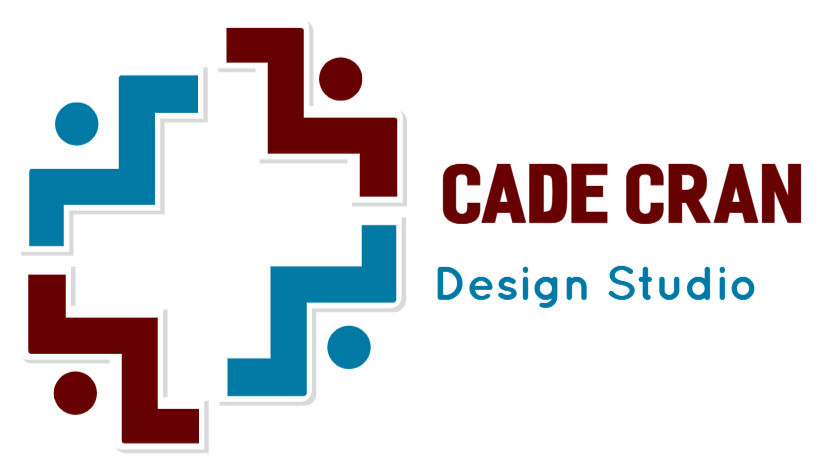
Choosing the right web design approach is crucial for your branding success. One of the main decisions you’ll need to make is whether to go with a custom web design or use a template. Both options have their pros and cons, and the best choice depends on your specific needs, goals, and resources. In this article, we’ll compare custom vs. template web design for branding success to help you determine which is the better fit for your business.
Understanding Custom Web Design
Custom web design involves creating a website from scratch, tailored specifically to your brand’s needs and vision. This approach allows for complete creative freedom and flexibility.
Pros of Custom Web Design:
- Unique Branding:
- Custom web design ensures your website is unique and aligns perfectly with your brand identity. You can implement your specific color schemes, fonts, and design elements to create a cohesive brand experience.
- Tailored Functionality:
- With custom design, you can incorporate any functionality your business requires. Whether it’s an e-commerce platform, booking system, or interactive features, the website can be built to meet your exact needs.
- Scalability:
- Custom websites are typically more scalable, allowing for easy additions and modifications as your business grows. This flexibility can save time and resources in the long run.
- SEO Optimization:
- A custom website can be built with SEO best practices from the ground up, ensuring better performance in search engine rankings. You can optimize everything from site structure to individual page elements.
Cons of Custom Web Design:
- Higher Costs:
- Custom web design can be significantly more expensive than using templates. The costs reflect the time and expertise required to create a unique, high-quality site.
- Longer Development Time:
- Building a custom website takes longer, as it involves more detailed planning, design, and development stages. This can delay your time to market.
Understanding Template Web Design
Template web design involves using pre-designed templates that you can customize to a certain extent. This option is often quicker and more cost-effective.
Pros of Template Web Design:
- Cost-Effective:
- Using a template is generally much cheaper than custom design. Templates are available at a fraction of the cost, making them an attractive option for businesses with limited budgets.
- Faster Launch:
- Since templates are pre-designed, you can have your website up and running much faster. This is ideal for businesses needing a quick online presence.
- Ease of Use:
- Many templates come with user-friendly interfaces and drag-and-drop builders, making it easier for those without technical expertise to create and manage their websites.
- Variety of Options:
- There are thousands of templates available, catering to different industries and styles. This variety means you can likely find something that closely matches your vision.
Cons of Template Web Design:
- Limited Customization:
- While templates offer some level of customization, you may find it challenging to achieve a truly unique look. You might have to compromise on certain design elements or functionalities.
- Generic Appearance:
- Because templates are used by many other websites, your site may look similar to others, which can dilute your brand’s uniqueness.
- Potential SEO Issues:
- Not all templates are built with SEO in mind. You may encounter limitations that affect your site’s search engine performance, requiring additional work to optimize.
Custom vs. Template Web Design for Branding Success
Brand Identity:
- Custom Web Design: Offers the best opportunity to create a unique and memorable brand identity. Every aspect of the site can reflect your brand’s personality.
- Template Web Design: While you can customize templates to some extent, achieving a distinct brand identity may be challenging due to the inherent design limitations.
Functionality:
- Custom Web Design: Allows for complete control over site functionality. You can build features specific to your business needs.
- Template Web Design: Comes with pre-built functionality, which may not fully meet your requirements. Custom features may require additional development work.
Budget:
- Custom Web Design: Requires a significant investment, suitable for businesses with larger budgets aiming for long-term growth.
- Template Web Design: More affordable and ideal for startups or small businesses with limited resources.
Timeframe:
- Custom Web Design: Takes longer to develop, which might be a drawback if you need a site quickly.
- Template Web Design: Enables a quicker launch, which is beneficial for immediate online presence.
Conclusion
Both custom and template web designs have their merits and can contribute to branding success in different ways. If your priority is a unique, highly tailored website that perfectly aligns with your brand and offers scalability, custom web design is the way to go. However, if budget constraints and a quick turnaround are more pressing concerns, template web design can still provide a professional and functional website to establish your online presence.
By carefully evaluating your business needs, budget, and long-term goals, you can make an informed decision that supports your branding strategy and helps your business thrive online.
